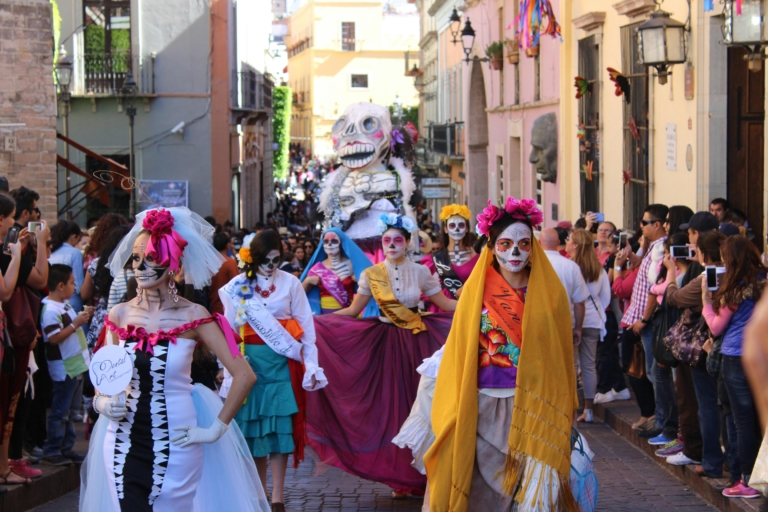
Some of our favorite fall traditions sprouted from Halloween: pumpkin carving, costume-wearing, bonfires, and above all, plenty of sweets. But did you know that many Halloween traditions originated from a 9th-century Celtic festival celebrated on October 31st, when it was believed that the boundary between the living and the dead became blurred?
Autumn celebrations across the globe revolve around a theme similar to the origins of Halloween: the merging of the spiritual world and the living world. Learn more about some of these holidays below.
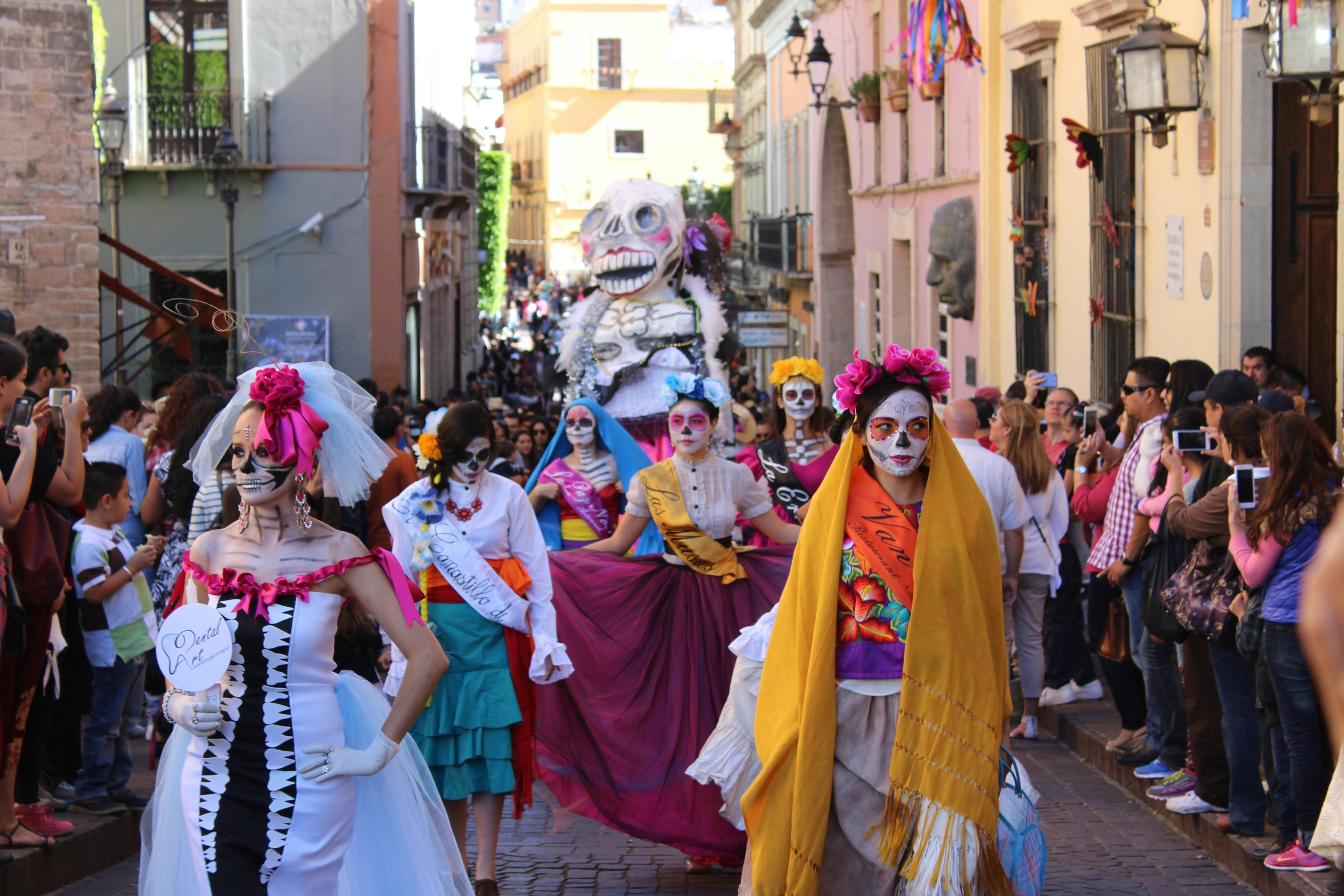
Women in skull makeup walk in a Día de los Muertos parade in Mexico.
Perhaps one of the better-known holidays related to death, Día de los Muertos (“Day of the Dead”) occurs shortly after Halloween. Though it originated in Mexico, places across the globe take part in celebrations. On this day, families build ofrendas (a type of altar) in their homes to honor deceased relatives. Each is decorated with reminders of lost loved ones, such as photos, favorite foods, and treasured belongings. These are believed to encourage their spirits to visit from the land of the dead. During public celebrations, attendees wear skull masks or makeup as an invitation to spirits from the afterlife to join the festivities.

Floating lanterns released during the Hungry Ghost Festival are meant to guide lost spirits. Image Source
Around the start of fall, Buddhist and Taoists recognize the opening of the gates of heaven and hell during the Hungry Ghost Festival. Each country has their own traditions surrounding this holiday; in China, people offer food and drink to the ghosts of their ancestors who return to earth. Often, families prepare feasts and set the table with empty seats for each deceased family member. Some celebrations also include releasing paper boats or lanterns onto water to guide lost spirits back to the underworld.
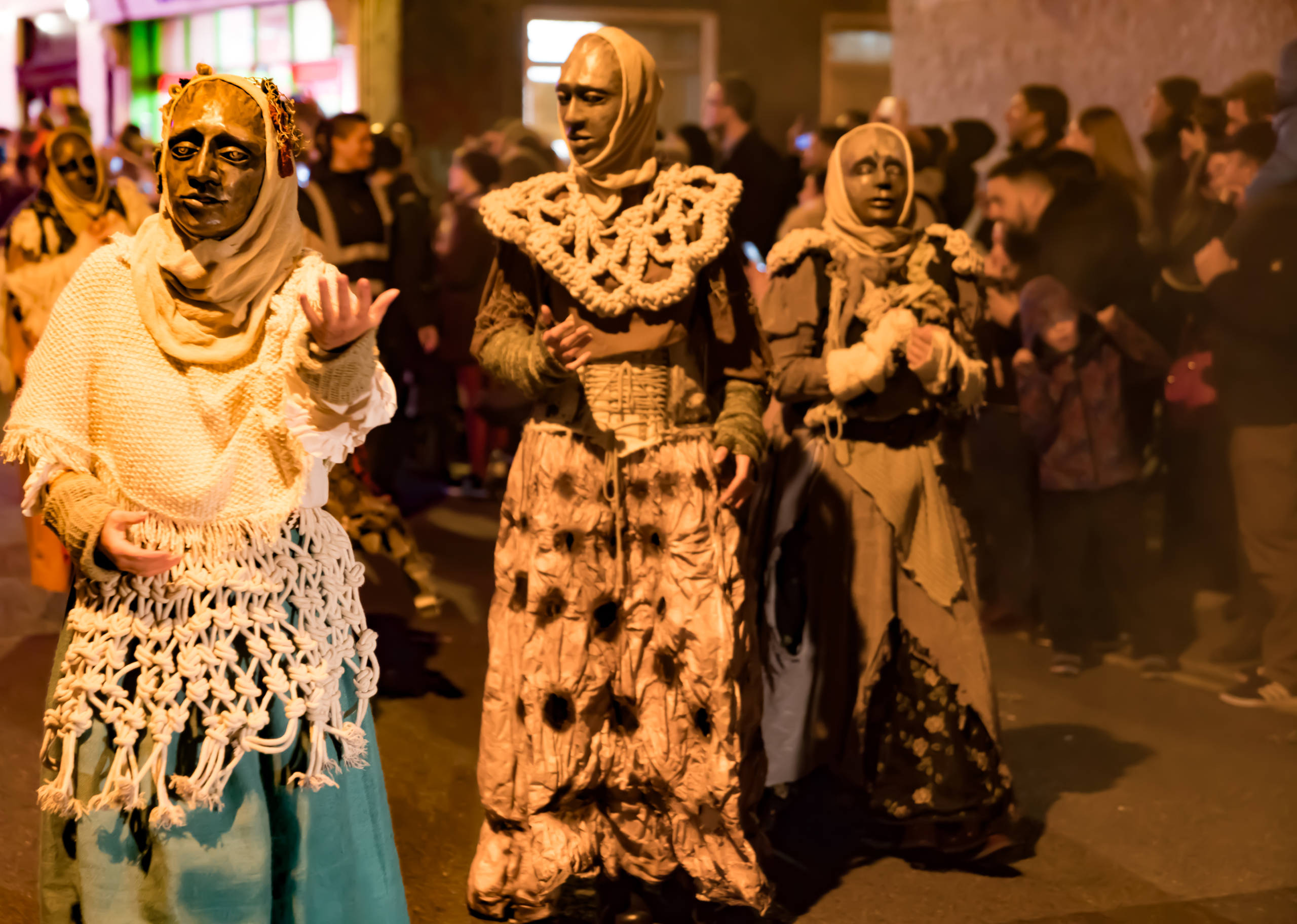
Costumed women perform in a Halloween (Samhain) parade in Dublin, Ireland. Image Source
Samhain, which dates to the 9th century, is thought to be the origin of the Halloween holiday that we enjoy today. Ancient Celts believed that, on Samhain, the boundary between the living and the dead became blurred and spirits from the “Otherworld” came to earth. Dressed in costumes to avoid recognition, Celts would offer gifts of food and sweets and perform dances, divination, and rituals to appease wandering ghosts. This Gaelic festival is still celebrated throughout Ireland and Scotland on Oct 31, when costumed celebrators throw elaborate parties and parades.
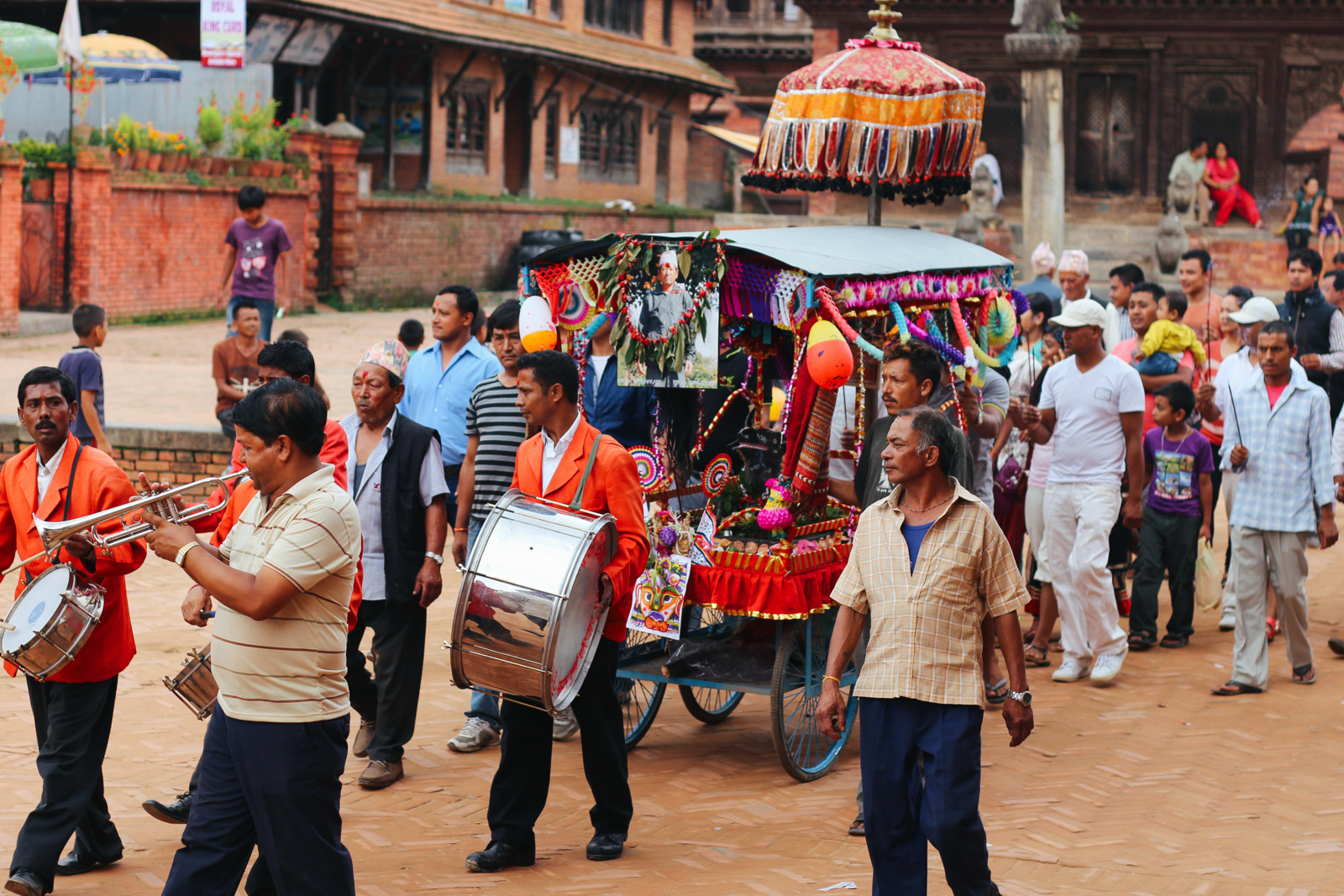
Gai Jatra procession in Kathmandu Valley. Image Source
This festival, also known as the “cow festival,” is primarily celebrated in the Kathmandu Valley and consists of honoring lost loved ones with carnivals, dances, rallies, and parades. Cows play an important role in the holiday because, in Hindu belief, cows guide the souls of the deceased into the afterlife. One significant tradition involves a procession of children dressed in cow-like masks and long clothes, which drag the ground to help guide lost souls from earth to heaven.
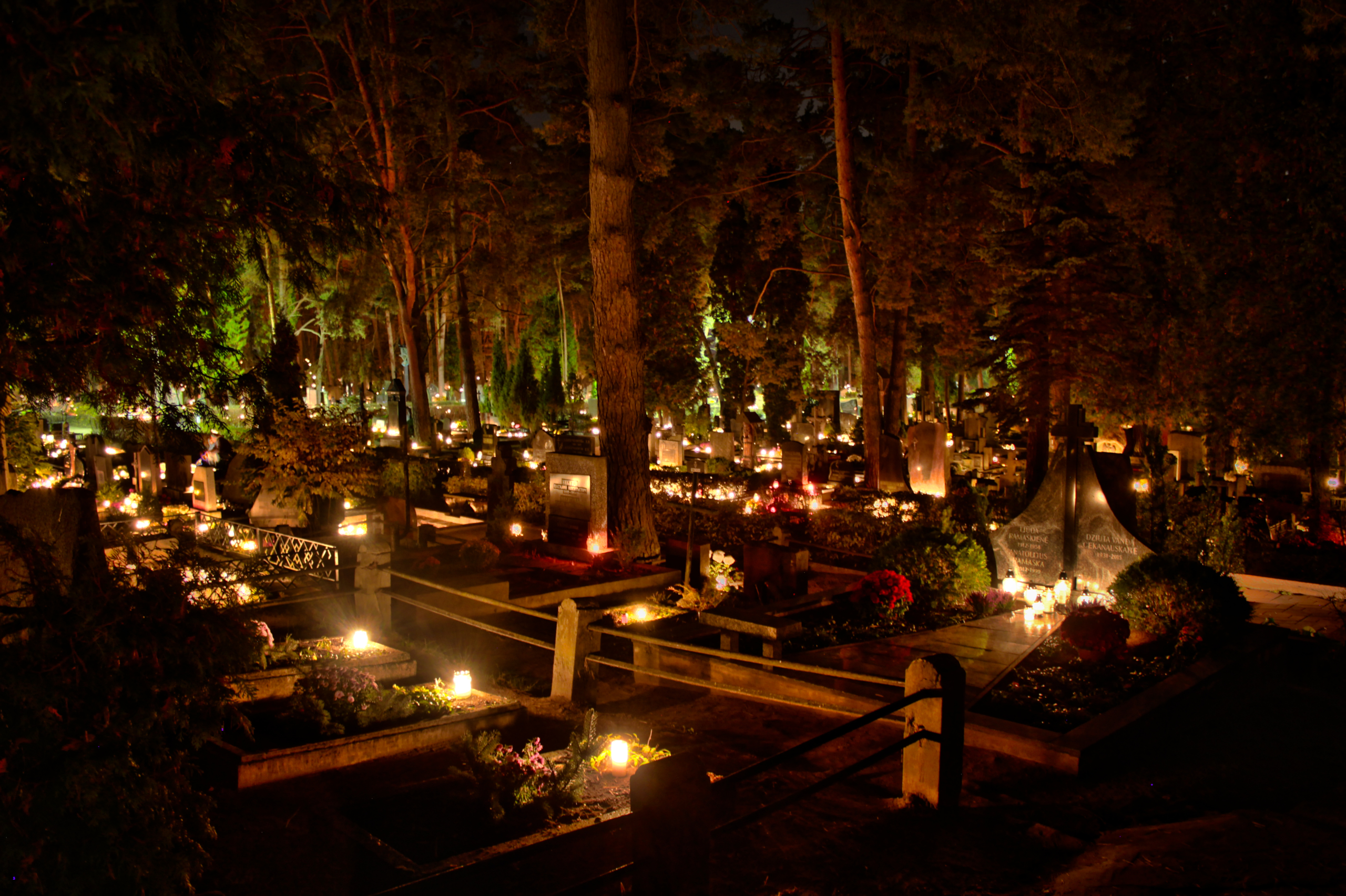
Some Ognissanti traditions include lighting candles at gravesites. Image Source
Ognissanti, the “Italian Halloween,” dates to the 4th century CE. In general, it is seen as a time when the world of the living reunites with the world of the dead. Different regions of Italy have their own Ognissanti traditions: some people believe the dead bring sweets and gifts to well-behaved children. Others wait for visits from deceased loved ones and repeat funeral cries at their graves. In some areas, children knock on doors to ask for offerings to give to the dead.
Do you have special autumn celebrations or traditions that you participate in? Let us know on our social media accounts (linked at the bottom of this page). We’d love to hear about them!
By using this website you are agreeing to our Cookie Policy.